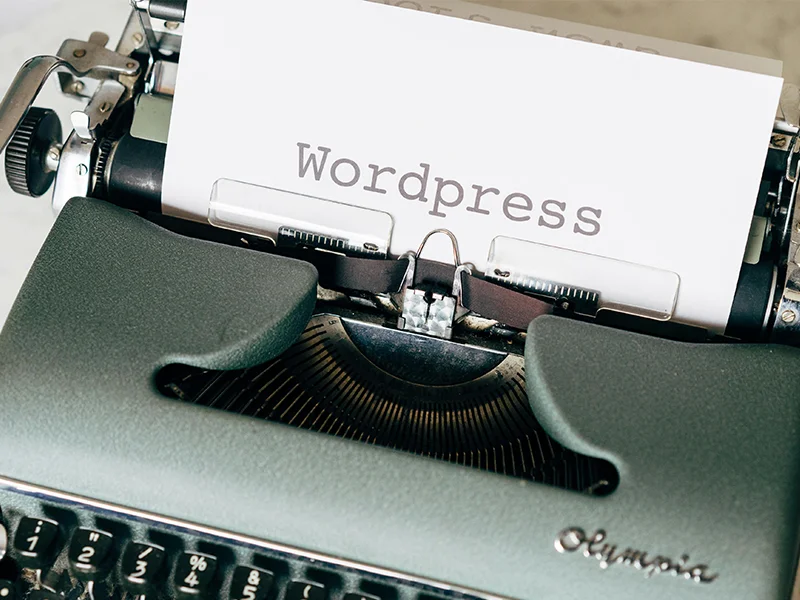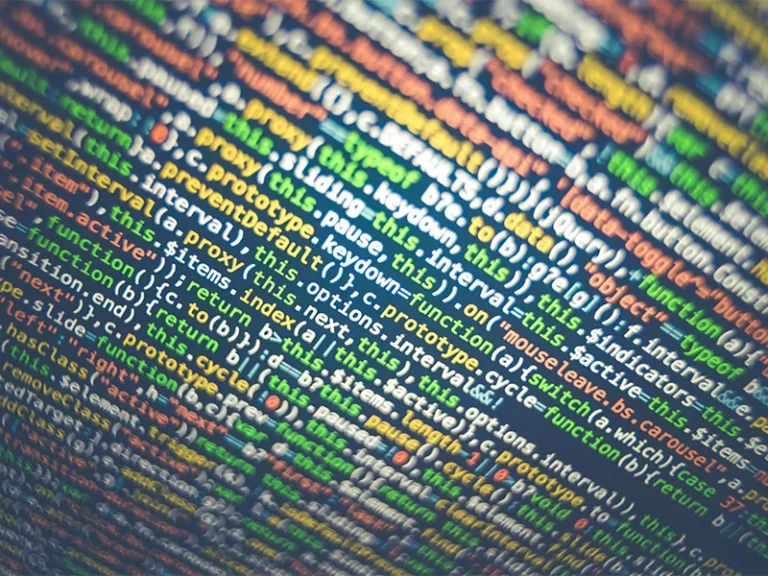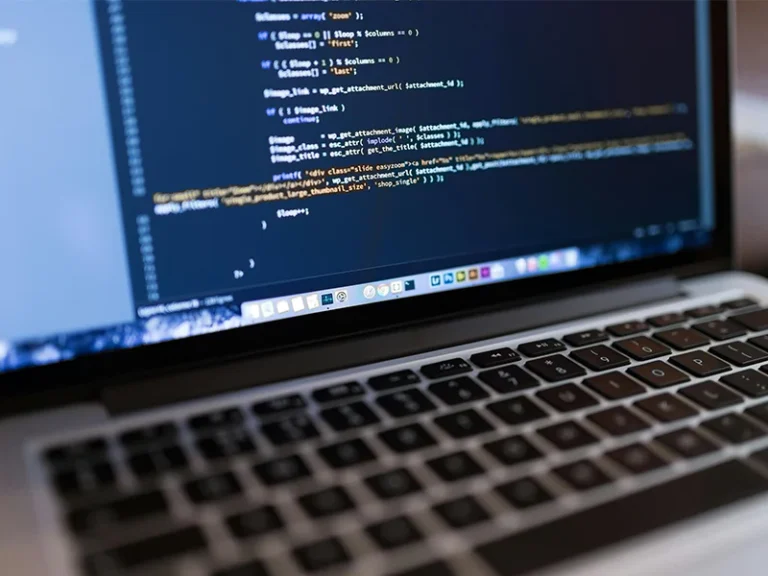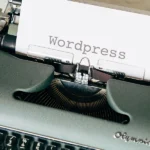Quick and Easy Solutions to Fix Common WordPress Errors
WordPress is a powerful and widely-used platform, but like any software, it can sometimes run into issues. These problems can range from minor glitches to more serious errors that disrupt your website’s functionality. Fortunately, many common WordPress errors are quick to fix, saving you time and frustration. By understanding how to troubleshoot these problems, you can keep your site running smoothly. This is where a WordPress Quick Fixes Service comes in handy, offering expert assistance for those who want to avoid the technical headaches. In this guide, we’ll cover some of the most frequent WordPress errors and how to resolve them quickly and efficiently.
1. The White Screen of Death (WSOD)
The White Screen of Death (WSOD) is one of the most dreaded WordPress errors, leaving your site blank and inaccessible. It can be caused by several issues, such as plugin conflicts, theme problems, or PHP memory exhaustion. Fortunately, it’s easy to fix:
- Deactivate Plugins: Access your website’s files through FTP or cPanel, and go to the wp-content folder. Rename the plugins folder to something like plugins_old to deactivate all plugins at once. If your site returns to normal, reactivate the plugins one by one to identify the problematic one.
- Switch Themes: If deactivating plugins doesn’t help, your theme might be the issue. Try switching to a default WordPress theme, like Twenty Twenty-One, to see if that resolves the problem.
2. 500 Internal Server Error
The 500 Internal Server Error is another common problem, often appearing without warning. It can be triggered by corrupted files or an exhausted PHP memory limit. To fix it:
- Increase PHP Memory Limit: Open your wp-config.php file and add the following line to boost the PHP memory limit:
define('WP_MEMORY_LIMIT', '256M');This can often resolve errors related to low memory allocation.
- Fix the .htaccess File: A corrupted .htaccess file may be the culprit. Rename your current .htaccess file to .htaccess_old and then visit your WordPress dashboard. Go to Settings > Permalinks and click Save Changes. This will regenerate a fresh .htaccess file.
3. Error Establishing a Database Connection
This error occurs when WordPress is unable to connect to the database, often due to incorrect credentials or server issues. Here’s how to fix it:
- Check Database Credentials: Ensure the database name, username, password, and host are correct in your wp-config.php file.
- Repair the Database: Add the following line to your wp-config.php file:
define('WP_ALLOW_REPAIR', true);
to repair the database.
4. 404 Not Found Error
A 404 Not Found error happens when WordPress cannot locate the page you’re trying to access. This typically involves issues with your site’s permalink structure. To resolve it:
- Reset Permalinks: Go to Settings > Permalinks and choose a different permalink structure. Save the changes, then switch it back to your preferred format. This simple action flushes the permalink cache and resolves most 404 errors.
5. Plugin or Theme Update Failure
Sometimes, updating plugins or themes fails due to file permission issues or conflicts with other plugins. To resolve this:
- Check File Permissions: Ensure the permissions for WordPress files and folders are correct. Directories should have a permission of 755, while files should be set to 644. You can change these through FTP or cPanel.
- Manually Update: If the update fails, download the plugin or theme directly from the WordPress repository and upload it via FTP.
6. Login Issues
Login problems can occur due to incorrect passwords, corrupted cookies, or plugin conflicts. Here’s how to solve them:
- Reset Your Password: Use the “Forgot Password” option on the login page to reset your password.
- Deactivate Plugins: If you suspect a plugin conflict, deactivate all plugins by renaming the plugins folder via FTP or cPanel. Reactivate them one by one to identify the problematic plugin.
7. Slow WordPress Performance
A slow WordPress site can frustrate visitors and site owners alike. Performance issues are often caused by large images, excessive plugins, or poor server configurations. To speed up your site:
- Optimize Images: Use tools like Smush or ShortPixel to compress images without losing quality.
- Reduce Plugins: Disable unnecessary plugins that may be consuming server resources and slowing down your site.
Conclusion: Keep Your WordPress Site Running Smoothly
By following these simple solutions, you can fix common WordPress errors quickly and keep your website running at its best. Resolving issues promptly ensures that your site remains accessible to visitors and maintains good performance, which is crucial for SEO. If you find yourself stuck or don’t have the time to handle issues yourself, a WordPress Quick Fixes Service can provide expert assistance. By staying proactive and addressing problems as they arise, you’ll ensure that your site stays in top shape for long-term success.







